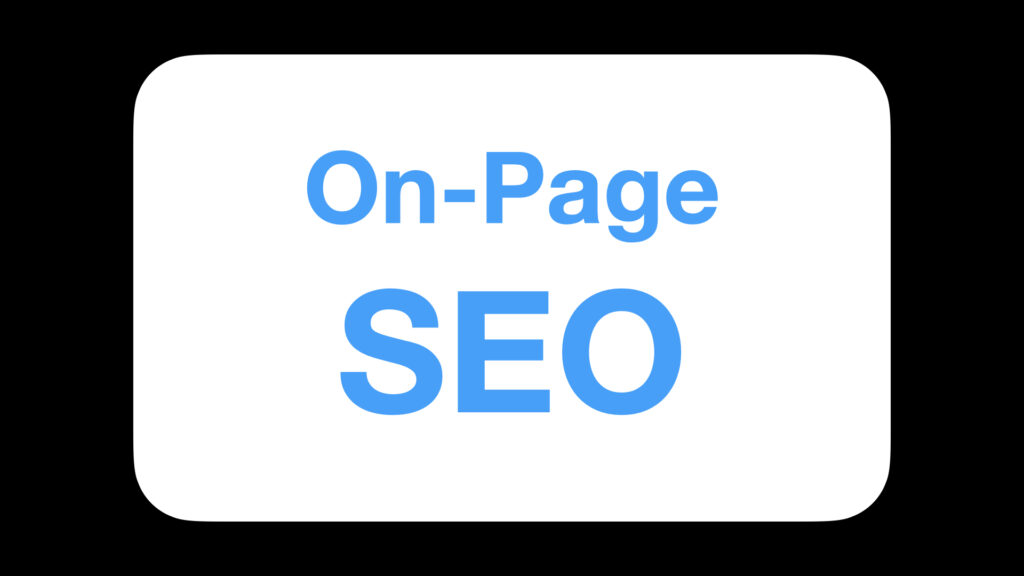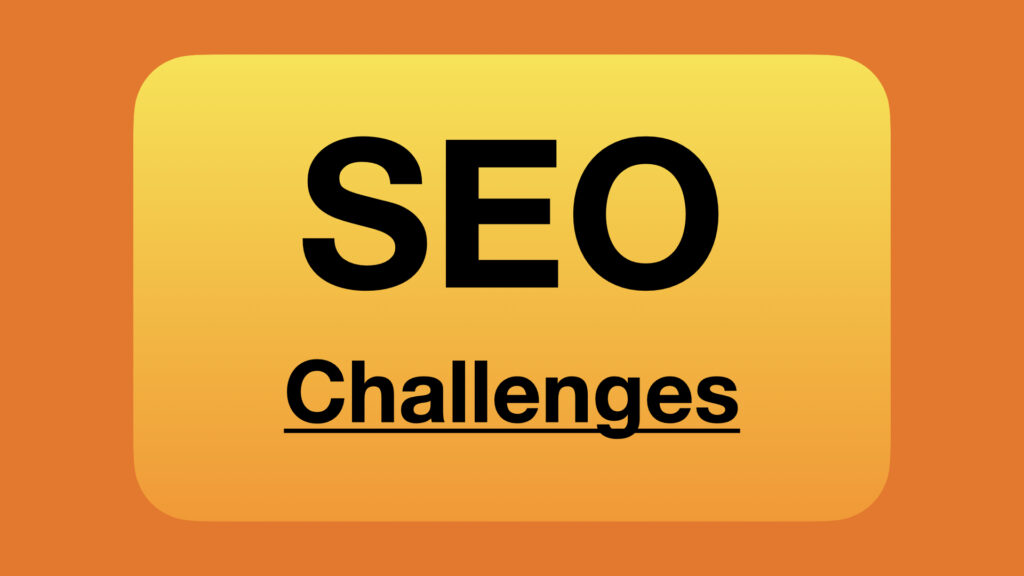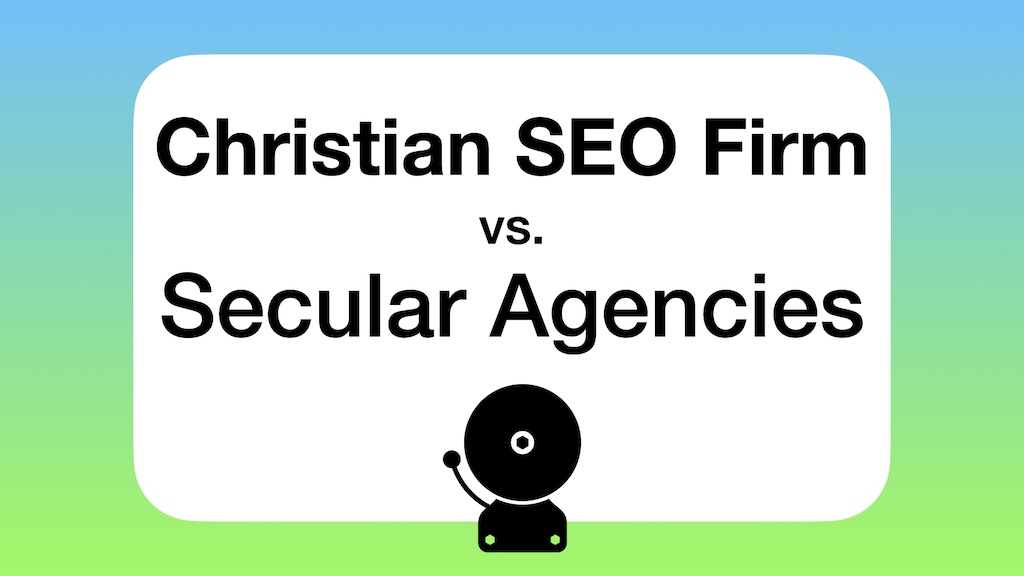
Getting your Christian website noticed on Google takes more than just creating great content—it takes a strategy, and that’s where On-Page SEO comes in. But what exactly is On-Page SEO, and why should you care about it? Simply put, On-Page SEO is about optimizing the content on your website so that search engines, like Google, understand what each page is about and why it should be ranked higher in search results. It’s a mix of making your site user-friendly and ensuring that Google sees it as valuable. Here’s a breakdown of On-Page SEO techniques and why they’re important for your Christian website.
What Is On-Page SEO?
On-Page SEO refers to the practice of optimizing individual web pages to rank higher in search results and earn more relevant traffic. This means adjusting everything from your website’s content to HTML tags like titles and meta descriptions. Unlike Off-Page SEO, which focuses on things like backlinks, On-Page SEO is all about what happens directly on your website.
Think of it like this: if your website is a house, On-Page SEO is making sure the inside is clean, organized, and welcoming. You want everything in its place so that visitors (and Google) can find what they’re looking for easily.
Key On-Page SEO Techniques for Higher Rankings
If you’re ready to improve your website’s visibility, here are some key On-Page SEO techniques that can make a big difference:
1. Use Keywords Thoughtfully
Keywords are the words and phrases that people type into Google when they’re looking for something. Using the right keywords helps Google understand what your page is about and shows it to people who are searching for those terms. But there’s a catch—you can’t just stuff a bunch of keywords into your content and hope for the best. It needs to sound natural.
Good Example: If you’re writing a blog post about “Christian marriage counseling,” use variations of that phrase naturally throughout your post, like “faith-based counseling for couples” or “Biblical advice for marriage.”
Bad Example: Repeating “Christian marriage counseling” 20 times in a 500-word article. That’s called keyword stuffing, and Google doesn’t like it. It can make your content sound robotic, and it won’t help your rankings.
2. Optimize Your Page Titles and Meta Descriptions
The page title is the first thing people see when your page appears in search results. The meta description is the short blurb underneath that gives them a preview of what the page is about. Both should include your main keyword and give a clear idea of what visitors can expect.
Good Example: For a page about Christian youth programs, a title like “Christian Youth Programs for Spiritual Growth in [City]” works well. A meta description could be: “Discover Christian youth programs in [City] designed to help young people grow in their faith and build lasting friendships.”
Bad Example: Using a generic title like “Youth Programs” or leaving the meta description blank. You’re missing a chance to tell Google (and potential visitors) exactly what your page is about.
3. Make Use of Headers (H1, H2, H3)
Headers (H1, H2, H3, etc.) help break up your content and make it easier for readers to navigate. They also give Google a better understanding of the structure of your page. Think of them like chapter titles in a book—they help organize your thoughts and make the page more readable.
Good Example: If your page is about “Starting a Christian Business,” use headers like H1: “How to Start a Christian Business,” H2: “Why Faith Matters in Business,” and H3: “Practical Steps to Launching Your Business.”
Bad Example: Not using headers at all or using the same header level for every section. It makes the content harder to read and doesn’t give Google any hints about what’s most important.
4. Write High-Quality, Engaging Content
Google’s main job is to show users the best answers to their questions. That means your content needs to be high-quality, helpful, and engaging. If people find what they’re looking for on your page and spend time reading it, Google takes that as a sign that your page is valuable.
Good Example: Write blog posts that address common questions in your niche, like “How to Trust God During Hard Times” or “Best Christian Books for New Believers.” Make sure your content is well-researched and written in a friendly, approachable tone.
Bad Example: Posting short, generic content that doesn’t really help anyone. If visitors leave your page quickly, Google assumes it wasn’t what they were looking for and might lower your ranking.
5. Optimize Images with Alt Text
Images make your content more engaging, but they also give you an opportunity to boost your SEO. Adding alt text (a brief description of the image) helps Google understand what the image is about. It also makes your site more accessible to visitors using screen readers.
Good Example: If you’ve included a photo of your church’s Sunday service, use alt text like “Sunday worship service at [Church Name].”
Bad Example: Leaving the alt text blank or using something unhelpful like “image1.jpg.” That doesn’t tell Google or users anything about the image.
6. Improve Your Website’s Load Speed
People don’t like waiting around for websites to load—especially when they’re searching for something specific. Google knows this and prioritizes websites that load quickly. If your website is slow, it can hurt your rankings and frustrate visitors.
Good Example: Compress your images, use a good hosting provider, and consider using a content delivery network (CDN) to speed things up.
Bad Example: Ignoring site speed issues. If it takes forever for your pages to load, people will click away, and Google will notice.
7. Make Sure Your Site Is Mobile-Friendly
With so many people browsing the web on their phones, having a mobile-friendly website is non-negotiable. Google favors websites that look good and function well on mobile devices, so it’s important to make sure yours is up to par.
Good Example: Test your website on different mobile devices to make sure it’s easy to navigate, and that all the buttons and links work properly.
Bad Example: Only focusing on the desktop version of your site. If mobile users have a hard time navigating, they’ll leave quickly, which can hurt your rankings.
Why On-Page SEO Matters for Christian Websites
On-Page SEO is about more than just ticking boxes for Google—it’s about making sure that your website is serving your audience well. When you optimize your site, you’re helping people find the faith-based content, products, or services they’re looking for. It’s a way to be a good steward of the online space you’ve created, making sure that what you offer can reach the right people at the right time.
Plus, by following these On-Page SEO techniques, you’re not just boosting your website’s rankings—you’re also building a better experience for every visitor who comes across your site. And that’s a win-win for you, your audience, and even for Google.
If you’re ready to take your On-Page SEO to the next level and make sure your website is reaching the people who need it most, we’d love to help you out! Reach out through our contact page, and let’s work together to get your site in front of more eyes.
Recent Posts



Businesses That Travel Need Local SEO
Feb 13, 2025








